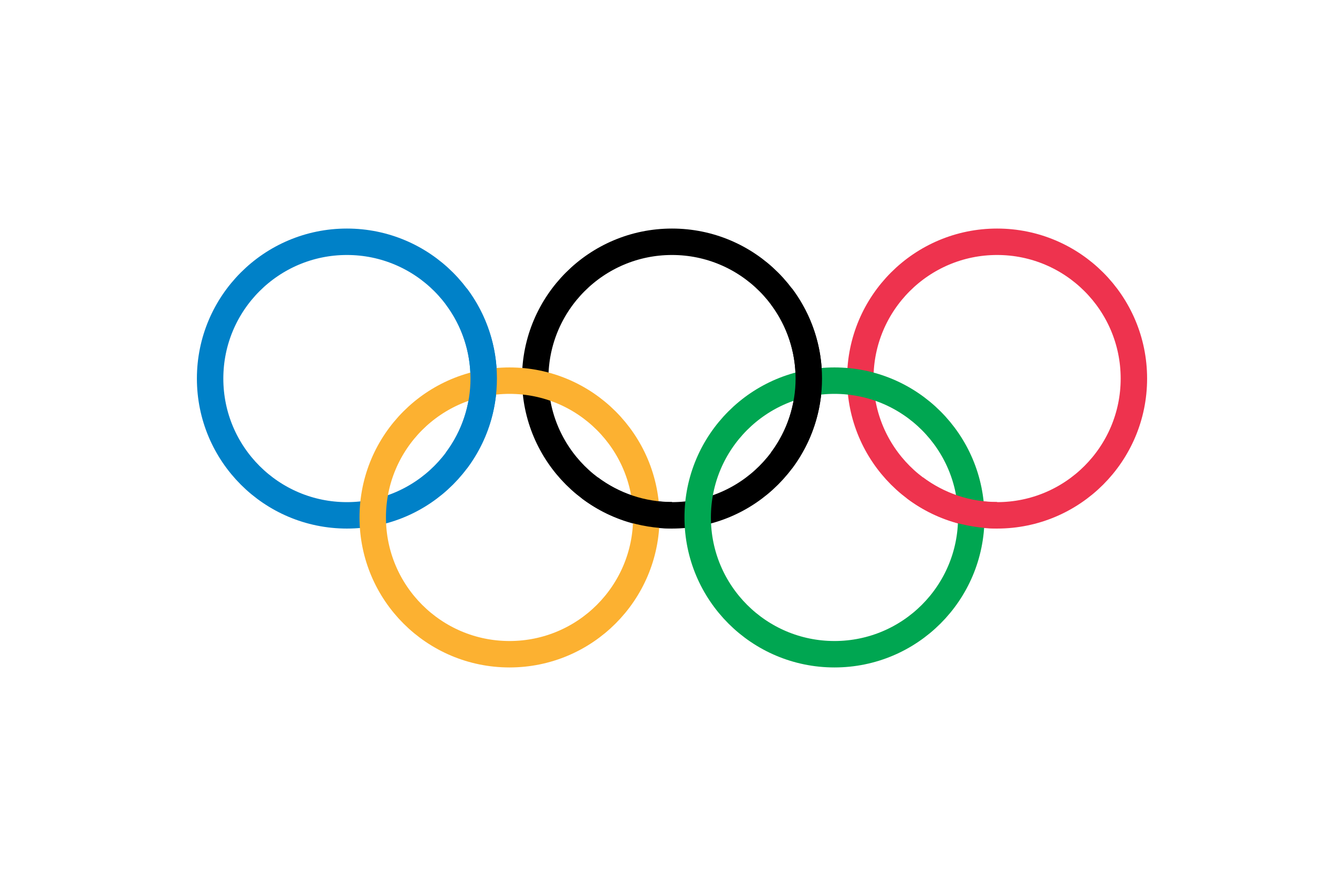
History of the Olympic Games



The Olympic Games are much more than just a sporting competition; they are a global gathering where each country brings its own personal touch. Since their resurgence in 1896, these games have celebrated unity, diversity, and human excellence. Picture athletes from around the world coming together to compete in various disciplines, in a spirit of fair play and camaraderie. The Paralympic Games, in particular, serve as a source of inspiration, showing that the only limits are the ones we impose on ourselves. And when it comes to disciplines, classics like sprinting and swimming rub shoulders with sensational newcomers like skateboarding and surfing, attracting an ever more diverse and enthusiastic audience. The athletes themselves are true role models, with stories of success and perseverance that inspire us all. Let's also applaud the remarkable evolution of women in sports, progressing from mere spectators to champions in every discipline imaginable. In summary, the Olympic Games are like a constantly evolving puzzle, reflecting and driving the social changes of our time.
Get ready to dive into Olympic history with our chronological timeline and dynamic chart, which will take you on a journey through the time and space of the Games, highlighting their increasing internationalization! 🎢✨
| Continent | Count | Country | Count |
|---|
| Continent | Count | Country | Count |
|---|
In this visualization, we can see a global map that highlights the gender representation of athletes in the Summer Olympics over the years. The map uses a color scale to represent the ratio of female to male athletes in each country, where darker colors signify a more balanced participation between genders, and lighter colors indicate male-dominated teams. This map is particularly interesting as it reveals the progress and setbacks in gender equality across different nations. By observing the changes in color distribution over the years, we can identify which countries have made significant strides towards gender parity and which ones still have room for improvement. Such insights are valuable for understanding the broader social and cultural shifts regarding women’s participation in sports globally.
Next, we have a tree map that showcases the evolution of various sports disciplines in the Summer Olympics. The size of each block on the tree map corresponds to the number of participants in each discipline for a given year, with larger blocks representing more popular sports. This visualization is fascinating because it allows us to see how the popularity of different sports has fluctuated over time. For instance, we can observe the rise of newer sports and how they have attracted more athletes, while some traditional sports might have seen a decline in participation. This information helps us understand the changing interests and trends in the Olympic Games, reflecting broader shifts in global sporting culture.
Finally, let’s look at the area plot that displays the distribution of medals among various countries in the Summer Olympics from 1896 to 2016. Each colored area in the plot represents the cumulative number of medals won by a particular country or group of countries, making it easy to see which nations have dominated the Olympics over the years. This visualization is intriguing as it highlights the historical powerhouses in Olympic sports and shows how their dominance has evolved. Additionally, it can reveal emerging countries that have started to win more medals in recent years, indicating a shift in the competitive landscape. By studying these trends, we gain a deeper appreciation of the global dynamics in the Olympic Games and the factors that contribute to a country’s success.